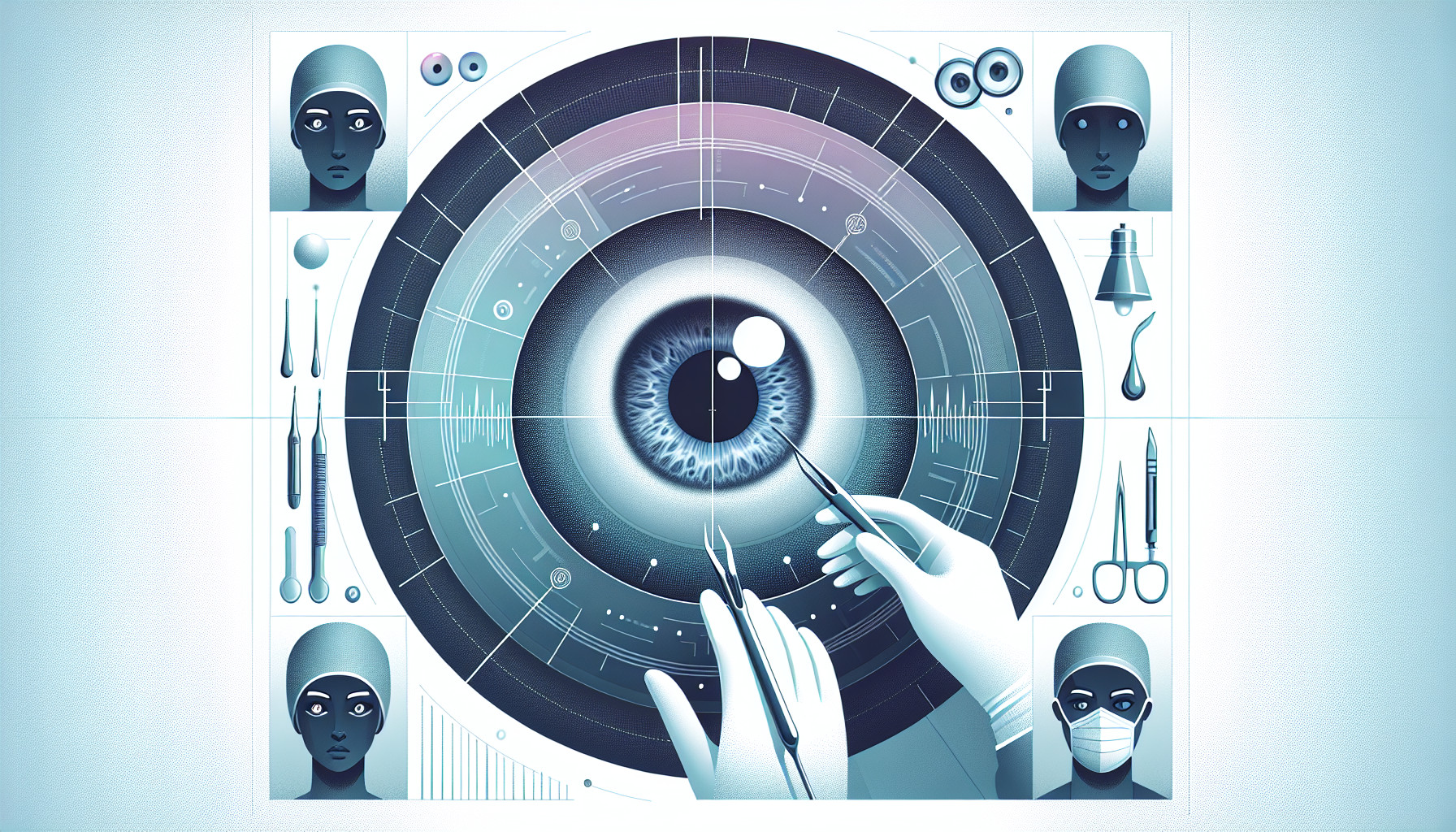Our Summary
The main reason for worsening vision in eye diseases that affect the retina is because of the failure of cells that sense light (photoreceptors) and cells beneath them (retinal pigment epithelial cells). Since the eye cannot regenerate these cells effectively and there are limited treatment options available, researchers are focusing on using stem cells to either stop the degeneration or replace the damaged cells.
This paper reviews different ways that stem cells are being used to treat such diseases, the current clinical trials, and the challenges of bringing these treatments from the lab to patients.
The idea of transplanting healthy cells to replace damaged ones in the retina is very relevant because the inner part of the retina, which sends signals to the brain, still works even when all the photoreceptors are lost. Scientists have developed several methods to turn stem cells into different types of retinal cells that could be used for treatment.
Studies have shown that in the early stages of the disease, factors released from transplanted stem cells can support the survival of photoreceptors. Additionally, early-stage clinical trials using photoreceptor and retinal pigment epithelial cells derived from stem cells have shown potential for restoring vision in patients with Age-related Macular Degeneration, Stargardt disease, and Retinitis Pigmentosa.
While these results are encouraging, there is still a long way to go before these treatments can be used routinely. Ongoing clinical trials will provide more information to help design future treatments using stem cells.
FAQs
- What is the main cause of worsening vision in eye diseases that affect the retina?
- How are stem cells being used to treat retina-related diseases?
- What are the challenges in bringing stem cell treatments for retina-related diseases from the lab to patients?
Doctor’s Tip
In the meantime, it is important for patients undergoing retinal surgery to follow their doctor’s instructions carefully for post-operative care. This may include taking prescribed medications, avoiding activities that could strain the eyes, and attending follow-up appointments to monitor progress and address any concerns. It is also important to maintain overall eye health through regular eye exams, a healthy diet, and protecting the eyes from harmful UV rays. By working closely with your healthcare team and staying informed about advancements in stem cell research, patients can better manage their eye condition and potentially improve their vision outcomes.
Suitable For
Patients who are typically recommended retinal surgery include those with conditions such as Age-related Macular Degeneration, Stargardt disease, and Retinitis Pigmentosa. These patients may have worsening vision due to the failure of photoreceptor cells and retinal pigment epithelial cells in the retina. Stem cell therapy is being explored as a potential treatment option for these patients, as it may help to stop the degeneration of cells or replace damaged cells in the retina. Ongoing clinical trials are providing more information on the effectiveness of stem cell treatments for these conditions, but there are still challenges to overcome before these treatments can be widely available for patients.
Timeline
- Before retinal surgery:
- Patient experiences worsening vision due to degeneration of photoreceptor and retinal pigment epithelial cells.
- Patient undergoes diagnostic tests and consultations with eye specialists to determine the extent of damage and the need for surgery.
- Patient may receive treatments such as injections or laser therapy to manage symptoms before surgery.
- After retinal surgery:
- Patient undergoes stem cell therapy as part of the treatment plan to replace damaged retinal cells.
- Potential improvement in vision as transplanted stem cells support the survival of remaining photoreceptors.
- Patient participates in ongoing clinical trials to monitor the effectiveness of the treatment and provide valuable data for future treatments.
- Continued follow-up appointments and monitoring to assess the long-term outcomes of the surgery and stem cell therapy.
What to Ask Your Doctor
- What specific type of retinal surgery is recommended for my condition?
- What are the potential risks and complications associated with the surgery?
- What is the success rate of the surgery in terms of improving vision?
- How long is the recovery period after the surgery?
- Are there any alternative treatments or therapies that could be considered instead of surgery?
- Will I need multiple surgeries or follow-up procedures?
- What are the long-term effects of the surgery on my vision?
- Are there any lifestyle changes or precautions I should take after the surgery?
- What is the experience of the surgical team in performing this type of surgery?
- Are there any clinical trials or research studies involving stem cell therapy for retinal diseases that I should be aware of?
Reference
Authors: Nair DSR, Thomas BB. Journal: Curr Stem Cell Res Ther. 2022;17(3):214-225. doi: 10.2174/1574888X16666210804112104. PMID: 34348629
